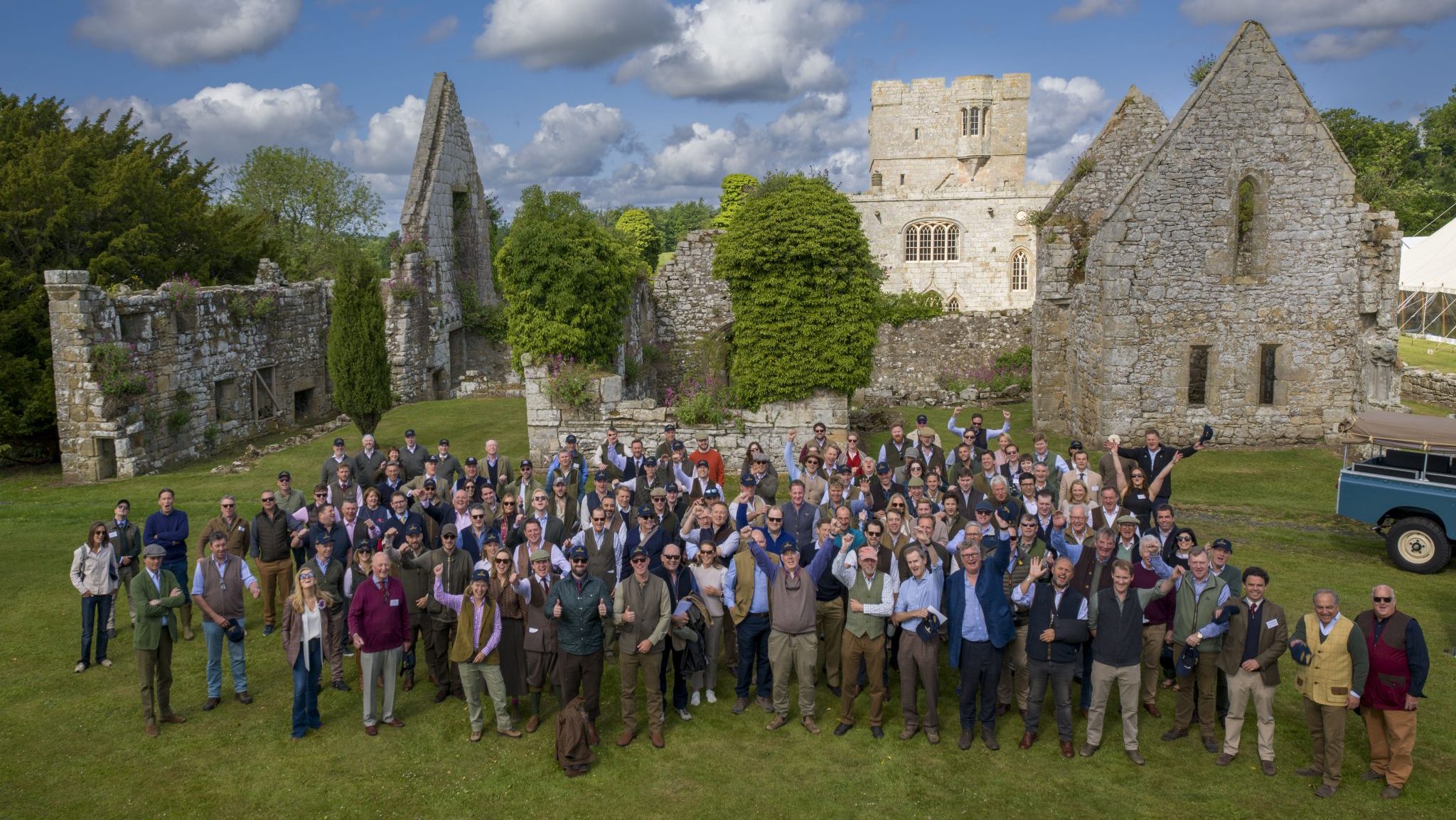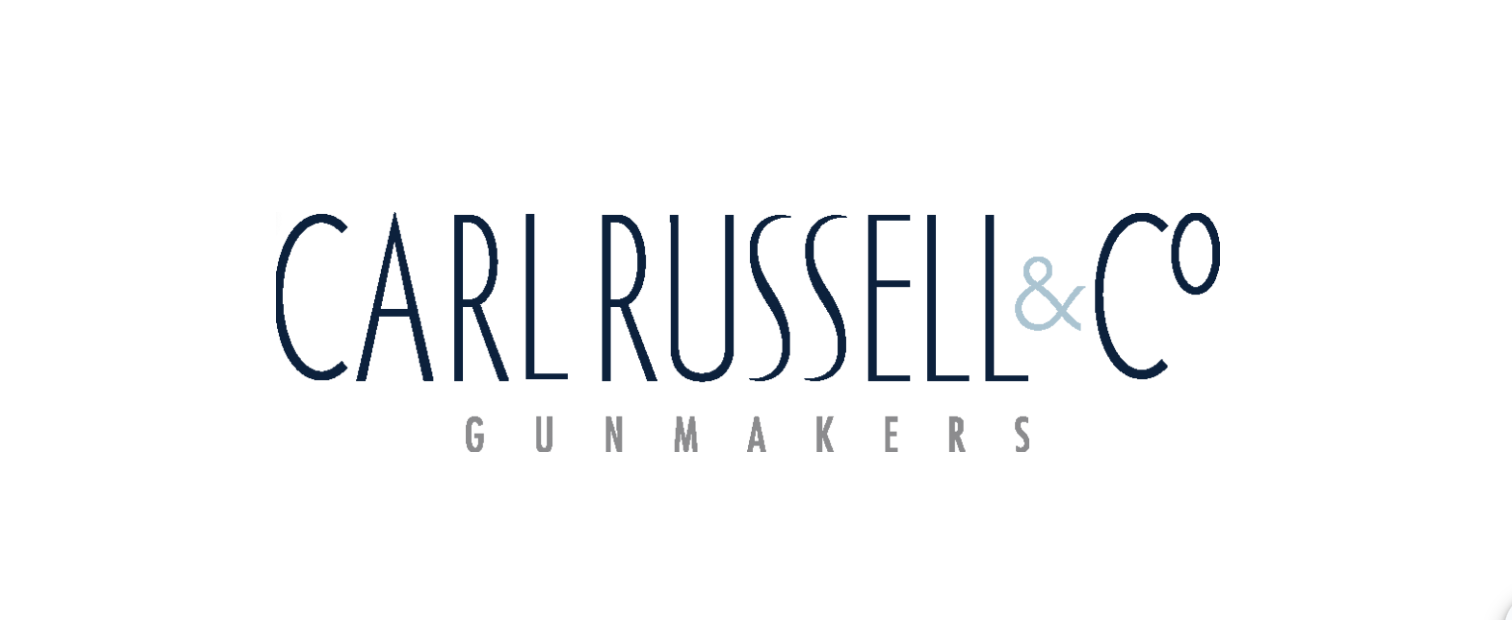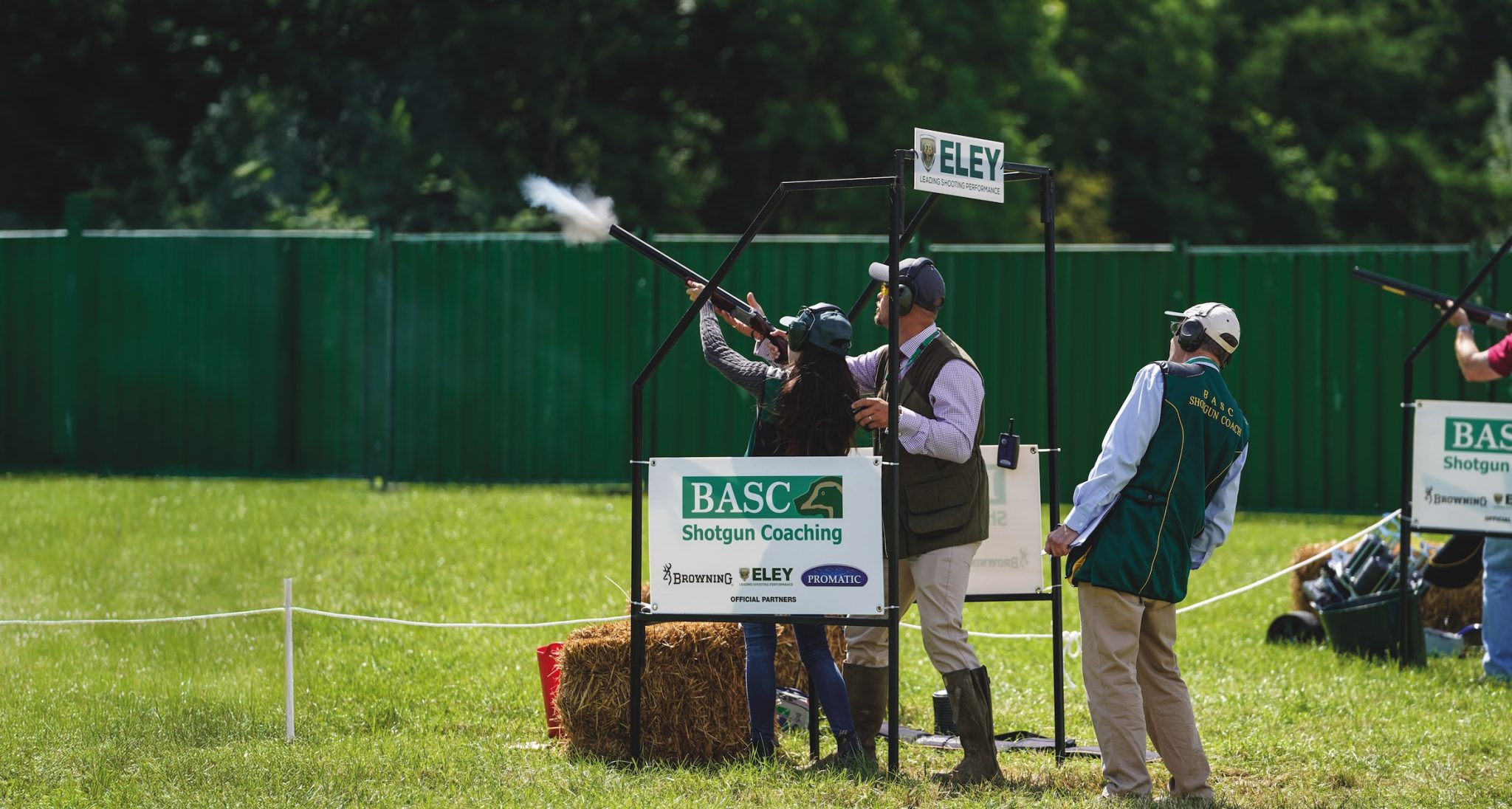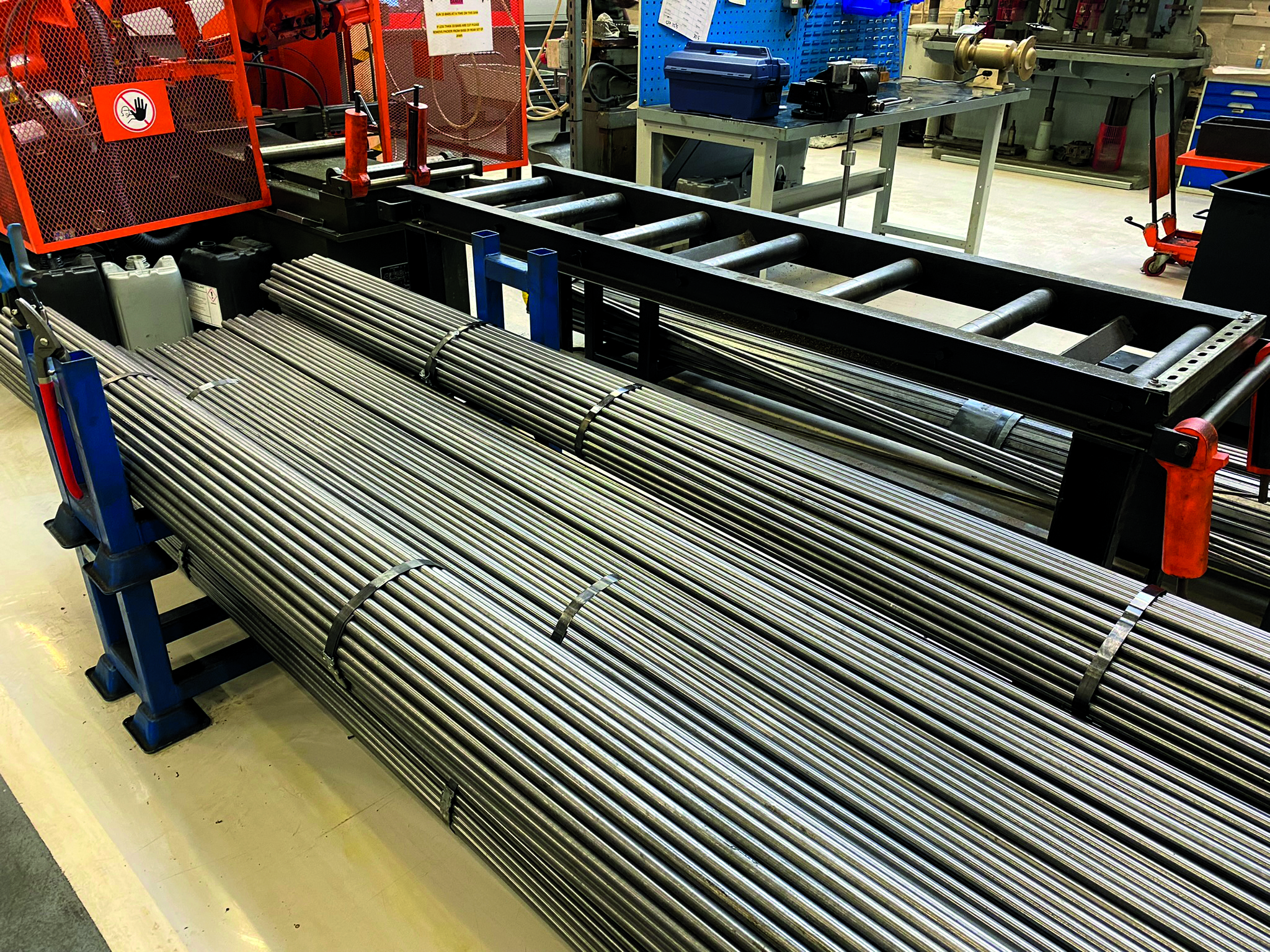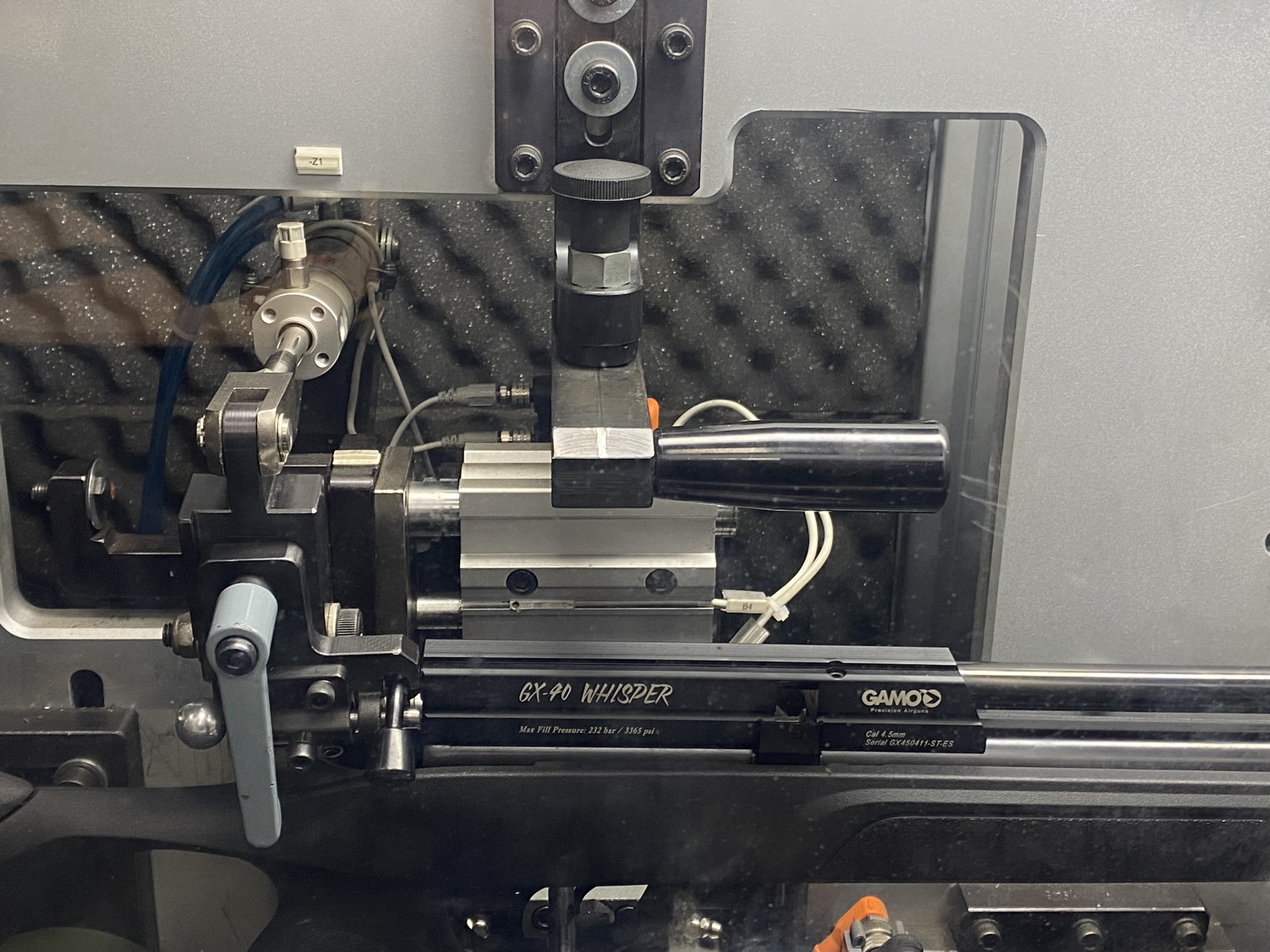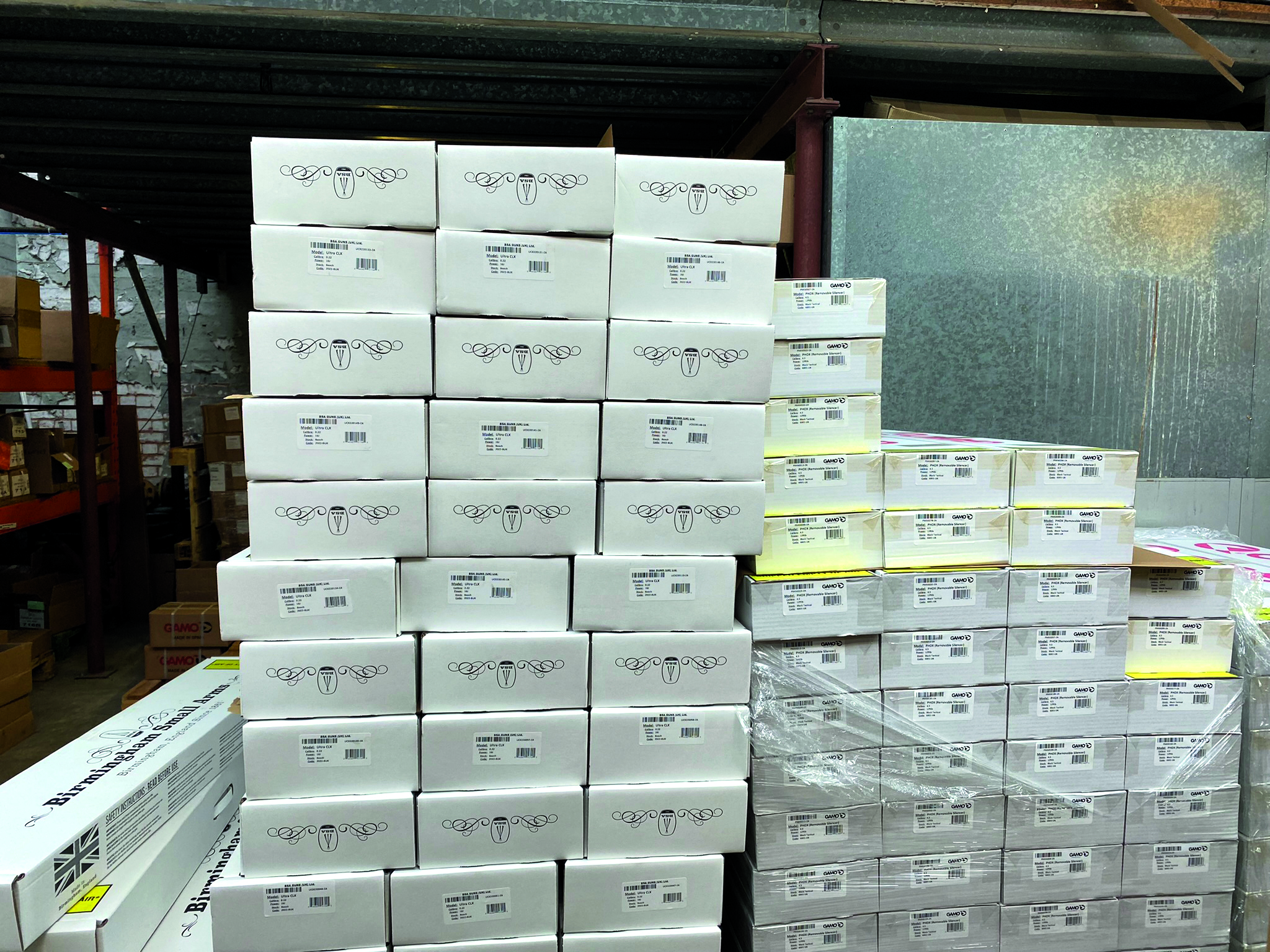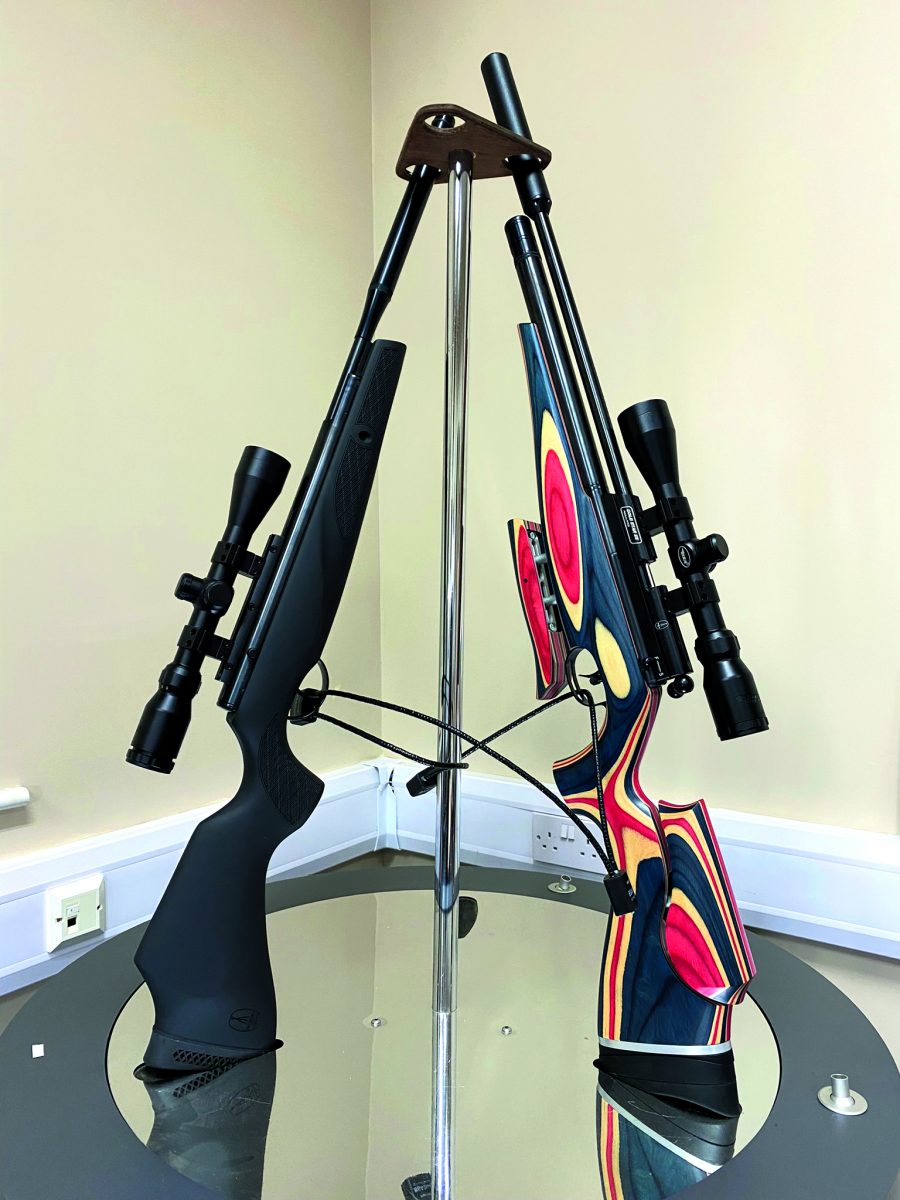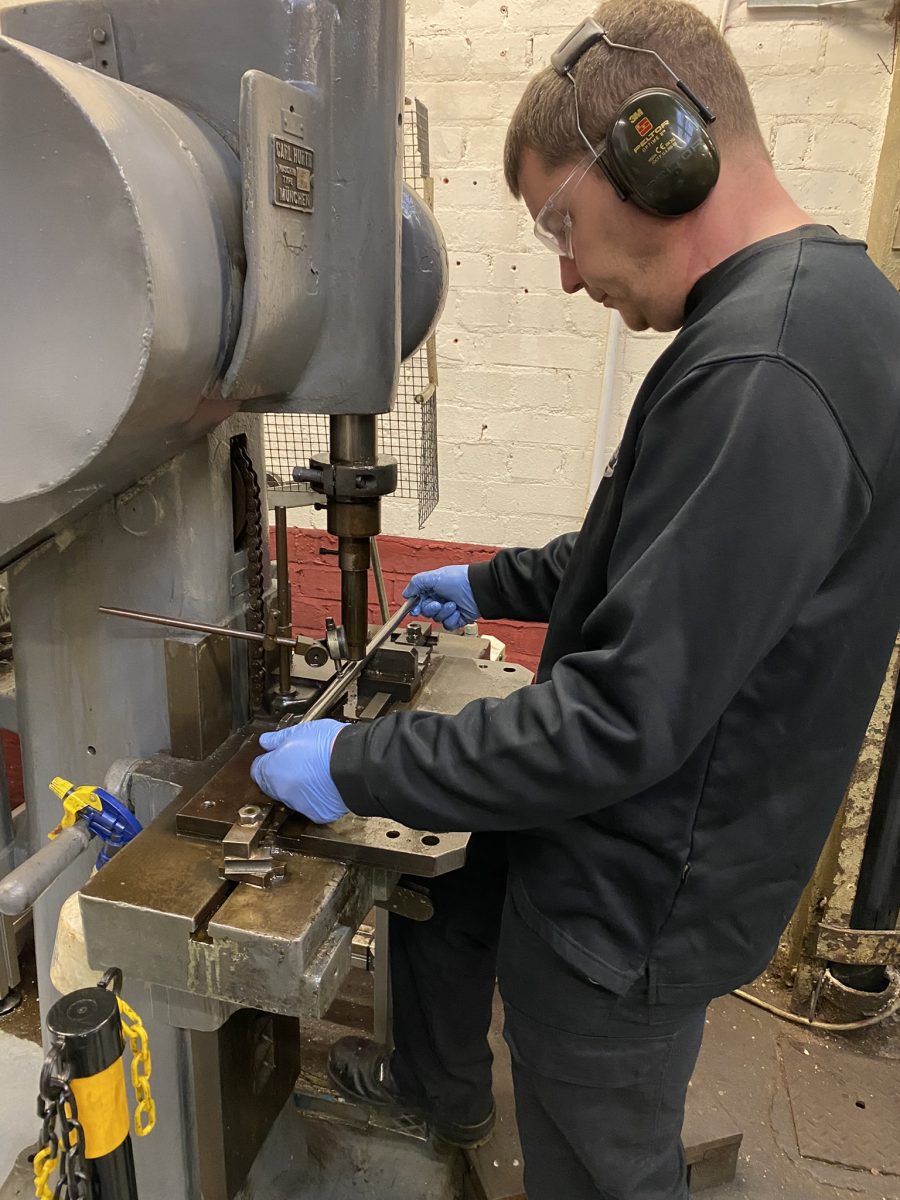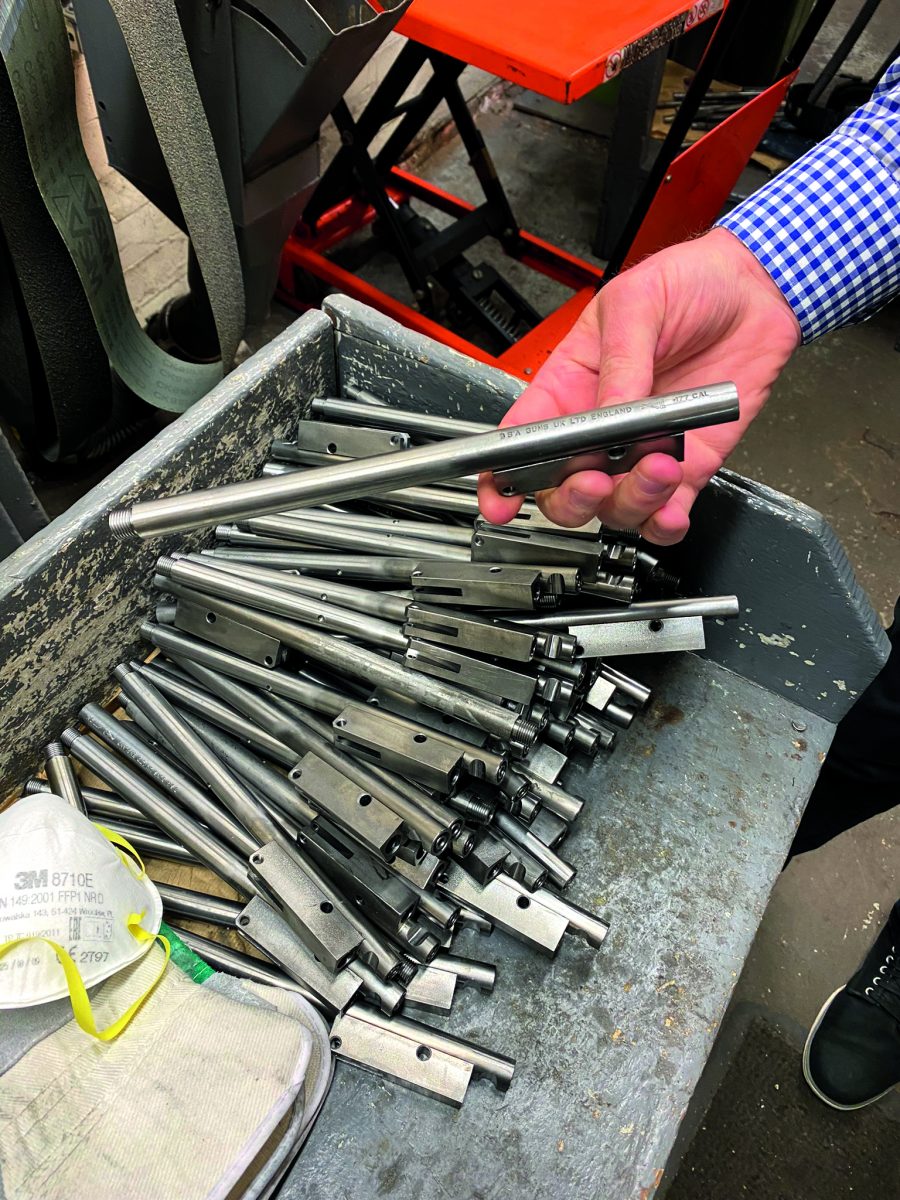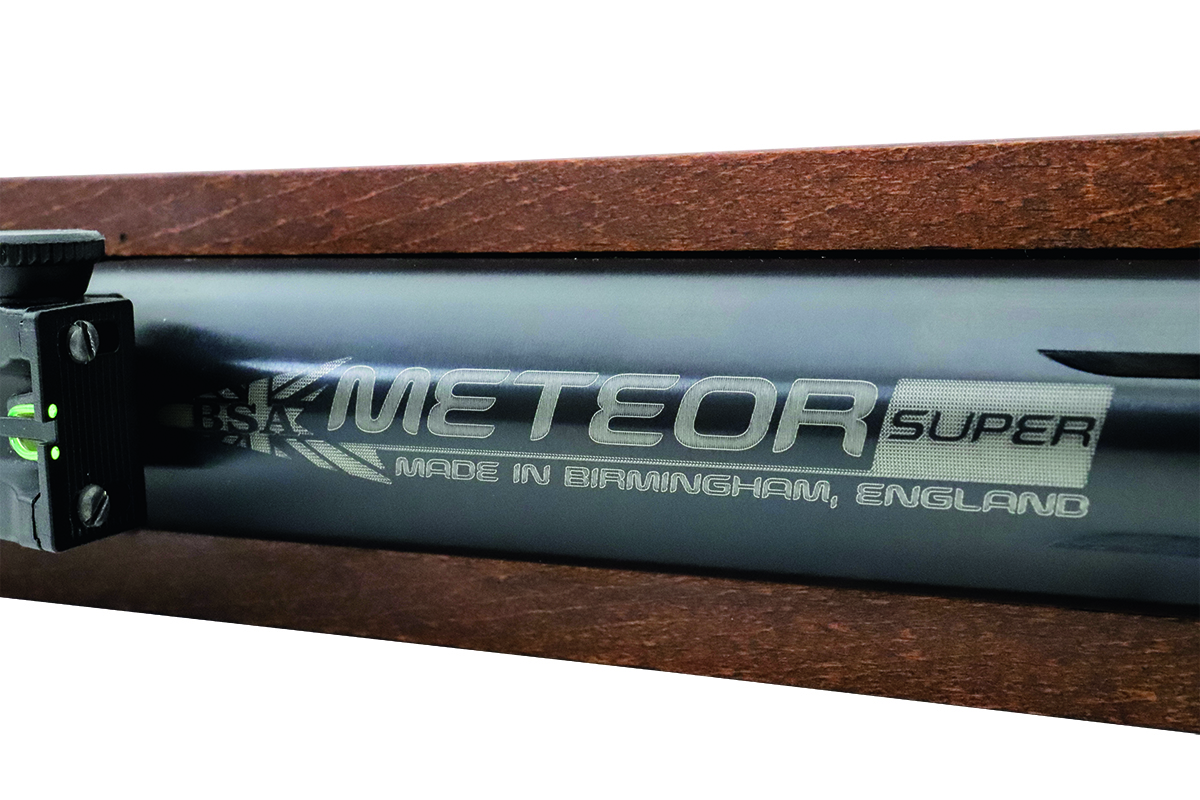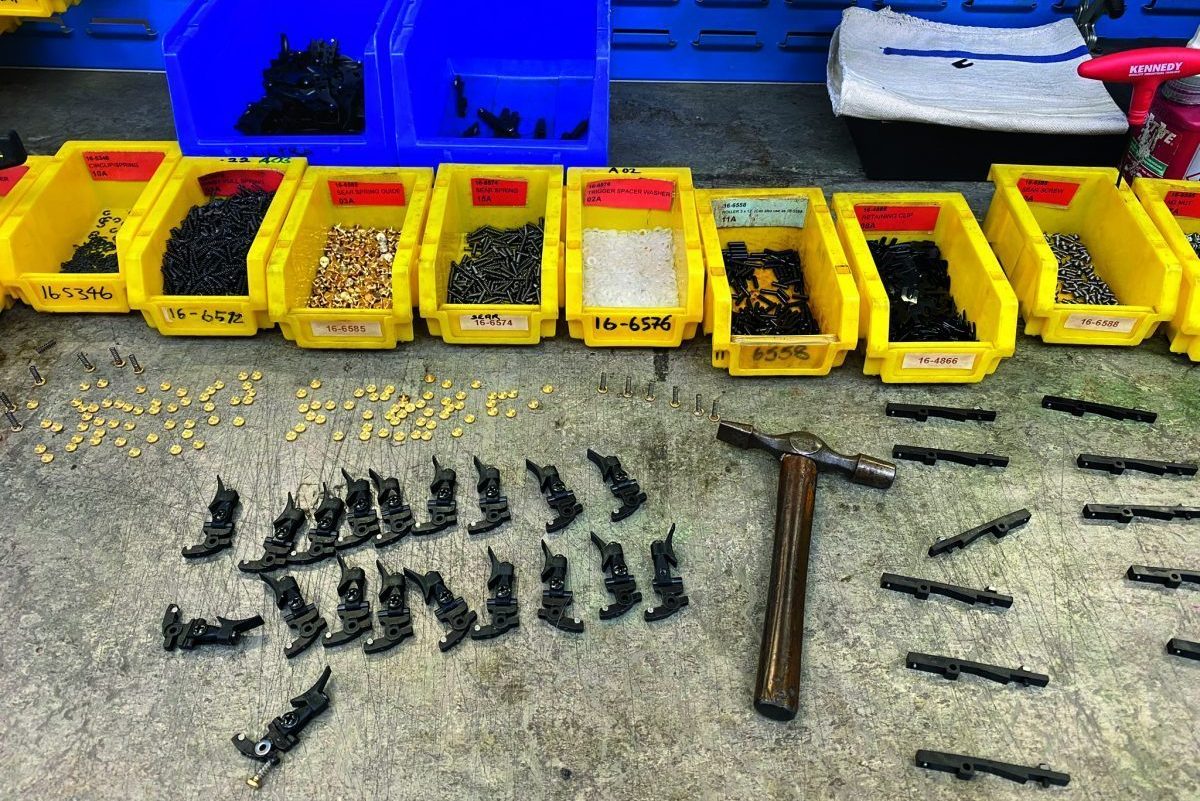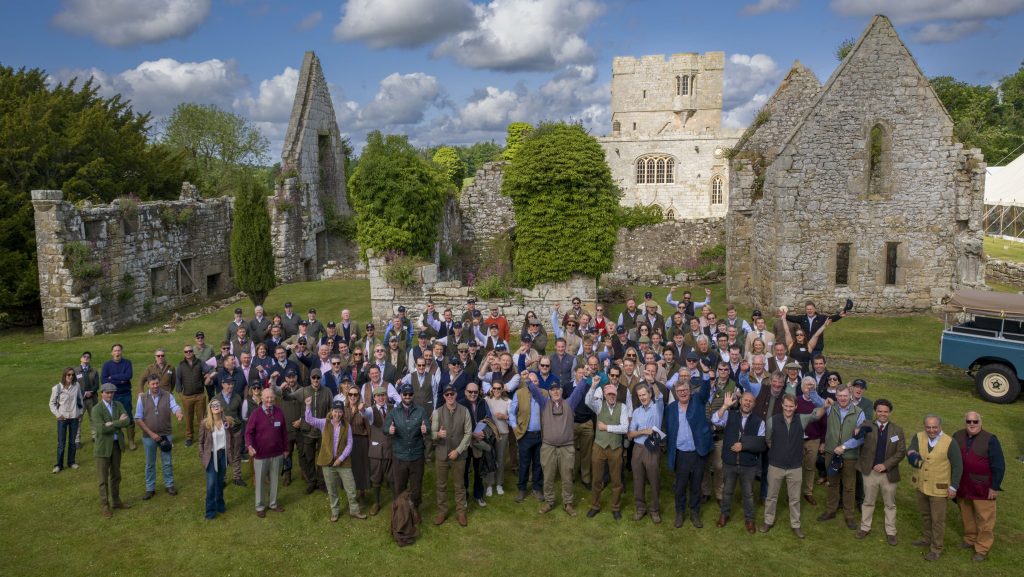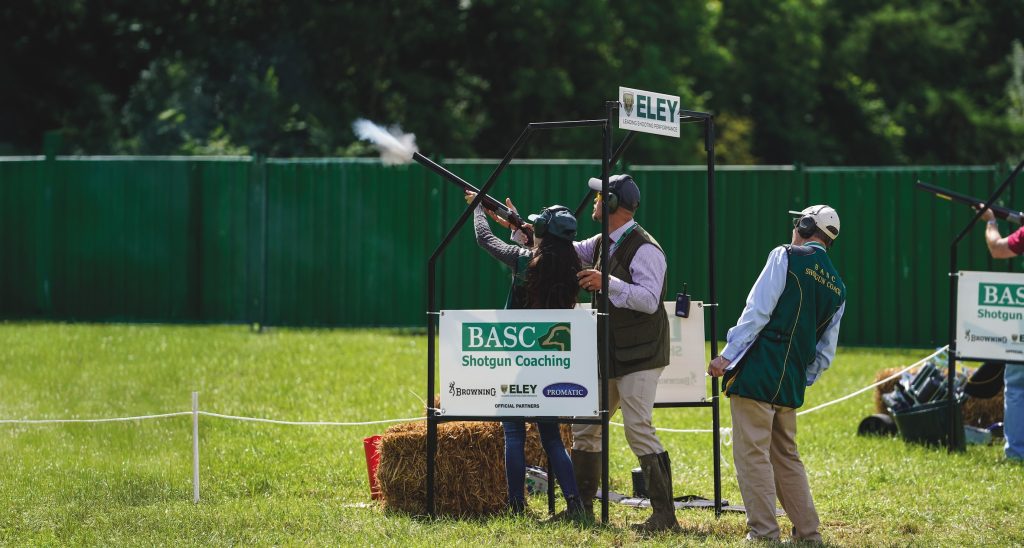News
Behind the scenes at BSA
Would you like to speak to our readers? We offer sponsored articles and advertising to put you in front of our audience. Find out more.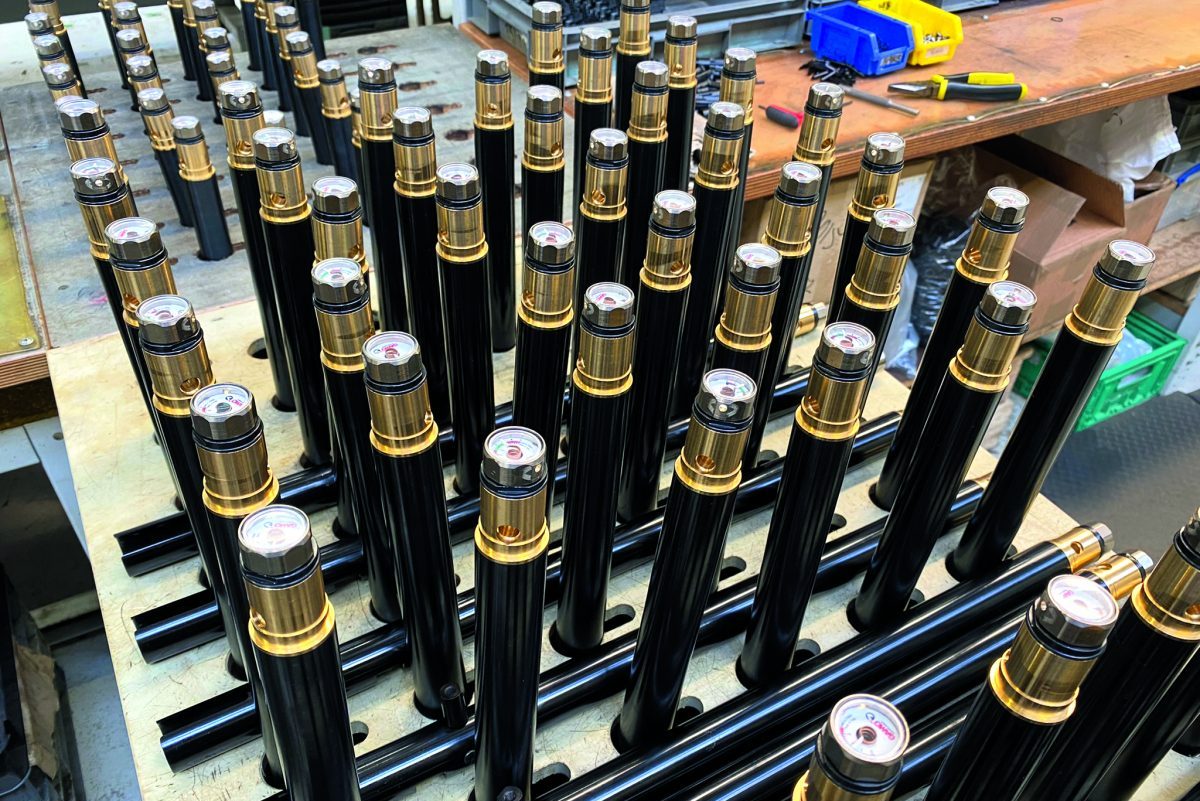
Birmingham Small Arms was established in 1861. In Great Britain. That’s an important point, because due to its close ties with its Barcelona-based sister company, Gamo, you could be forgiven for thinking BSA is as much Spanish as it is British, but in fact that’s simply not true.
All BSA’s pre-charged pneumatics are made at the factory in Armoury Road in Birmingham. And with the exception of one Gamo model that’s unavailable in the UK in any case, all Gamo PCPs are produced in the same manufacturing plant as well.
At the moment all the break-barrel springers are manufactured in Spain, although some components, such as the barrel and breech block assemblies, are made here in the UK.
But even that is changing as some spring guns are being made entirely back in the UK, the first of these being the brand new Meteor Super. The exceptions to this are the Italian-made Minelli stocks that have been so well received that they have become something of an industry standard.
The message is clear: BSA is based here in the UK, and it’s a successful company that’s growing. And the company prides itself not only on maintaining its 160-year-old heritage of building guns in Britain, but on building them locally.
Most of the parts and materials are not just made in the UK, but are sourced within a 15-mile radius of the factory, which bolsters the local economy and helps keep down costs, ultimately benefiting the shooter.
BSA is known around the world for its cold hammer-forged barrels, and this is how they begin, as lengths of solid steel rod
PCPs are pulled off the production line at random and are subjected to no fewer than 10,000 dry-fire cycles to ensure their longevity
The Lightning XL SE and Gold Star SE stand to attention to make a 3D representation of BSA’s classic piled arms logo
The barrels are checked for straightness after the cold hammer-forging and can be made perfectly true if there are any discrepancies
While the Gamo factory may be the biggest airgun manufacturing centre outside of China, BSA has more of an influence on Gamo products than the other way round. BSA manages to employ more than 60 people around the world, most of them coming from the Birmingham area and based in the factory in Armoury Road.
Anyone visiting the factory will be given an instant reminder of the company’s pedigree when they walk through the door, thanks to a display of BSA’s piled arms logo made out of air rifles. Visitors can also see one way in which the company tests its products, as the reception area hosts a machine that subjects a PCP that’s been taken at random from the production line to 10,000 shots. The process takes 72 hours to complete and the machine can even be run overnight with the testing being checked via a camera.
BSA is constantly working to develop new products and components, such as the monobloc action that’s used on the new versions of the Ultra, and the smoother cocking links and improved triggers that were designed for the new all-British Meteor Super. The barrels on these guns are also being cut with a standard ½” UNF thread so a moderator can be fitted.
Anyone owning a BSA will be familiar with the company’s famous cold hammer-forged barrels, produced completely in-house, including the finishing and blacking stages. Each barrel starts life as a length of round steel stock, the solid rod initially being cut to one of three barrel lengths before being drilled through, which is the first procedure in forming the bore.
A mandrel, again made in-house, is inserted into the bore and then the barrel is subjected to no fewer than 30,000 hammer blows – a process that takes only two minutes and 30 seconds per barrel to complete. This forms the rifling in the bore, which has a twist rate of 1 in 16.
The hammer blows reduce the diameter of the barrel and also extrude the barrel by work-hardening it. A Super Carbine barrel, for example, which would have measured 12” when it was initially cut to length, will end up measuring 17” after this process.
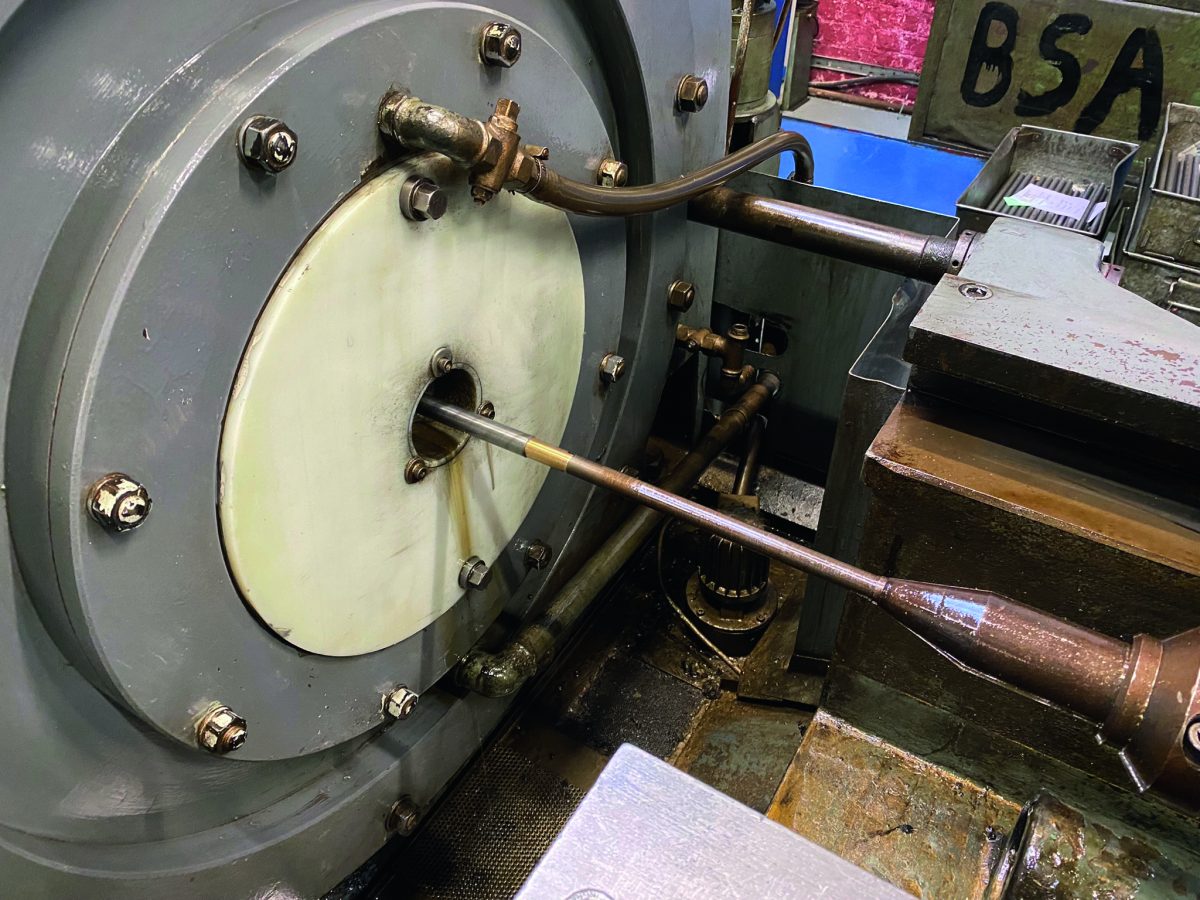
Here’s the cold hammer-forging process in action: a mandrel is inserted into the bore and the barrel is subjected to 30,000 hammer blows to form the lands and grooves of the rifling
Barrels destined for use in FAC-rated rifles will be made longer from the outset in order to make them as air-efficient as possible. After hammer-forging, each barrel is inspected to ensure it’s perfectly true.
CNC machinery is used to carry out additional processes such as cutting the crown, cutting the thread on the muzzle, cutting and drilling the transfer port, and creating the lead into the rifling, which is a very slight taper that ensures the pellets are seated evenly and smoothly. The completed metalwork will then be polished and degreased before being treated to blacking.
This is a similar process to blueing, but as the name suggests creates a blacker finish than gun blue. Multiple parts are secured on a rack which is then submerged in a series of chemicals for around 20 minutes, effectively etching the steel and creating a deep black finish that will protect the metal while adding to its aesthetic appeal.
The rifles are then assembled, tested and tuned as necessary, especially regulated actions like those of the R-10. There’s a huge amount of work involved, simply because air rifles, and especially PCPs, are a lot more complicated to build than the average cartridge rifle. Firearm shooters often forget that while the power for their guns is contained within the ammunition, an air rifle has to provide its own.
Each springer is shot around 60 times to get rid of any excess grease and dieseling, and to make sure the rifle is safely within the 12 foot pound legal limit. PCPs need fewer test shots, between 20 to 30, during which time any regulated actions will be tweaked to produce optimum efficiency.
Air cylinders are subjected to a leak test before they are used to build a new gun, but after testing all air must be drained from them before the guns can be shipped as required by UK law. And that’s surely the point. It’s UK law, not Spanish, German, Turkish, Eastern European or Chinese. Because BSA is British – and proud of it.
Related articles
News
Duke's Challenge raises record-breaking £685,000 for GWCT
The shooting community has backed wildlife conservation in spectacular fashion, raising a record-breaking £685,000 for wildlife conservation
By Time Well Spent
News
‘So what exactly do you lot do, then?’
You’d be surprised how many projects staff and volunteers deliver, as well as BASC’s vital work helping members, says Conor O’Gorman
By Time Well Spent
Manage Consent
To provide the best experiences, we use technologies like cookies to store and/or access device information. Consenting to these technologies will allow us to process data such as browsing behavior or unique IDs on this site. Not consenting or withdrawing consent, may adversely affect certain features and functions.
Functional Always active
The technical storage or access is strictly necessary for the legitimate purpose of enabling the use of a specific service explicitly requested by the subscriber or user, or for the sole purpose of carrying out the transmission of a communication over an electronic communications network.
Preferences
The technical storage or access is necessary for the legitimate purpose of storing preferences that are not requested by the subscriber or user.
Statistics
The technical storage or access that is used exclusively for statistical purposes.
The technical storage or access that is used exclusively for anonymous statistical purposes. Without a subpoena, voluntary compliance on the part of your Internet Service Provider, or additional records from a third party, information stored or retrieved for this purpose alone cannot usually be used to identify you.
Marketing
The technical storage or access is required to create user profiles to send advertising, or to track the user on a website or across several websites for similar marketing purposes.

